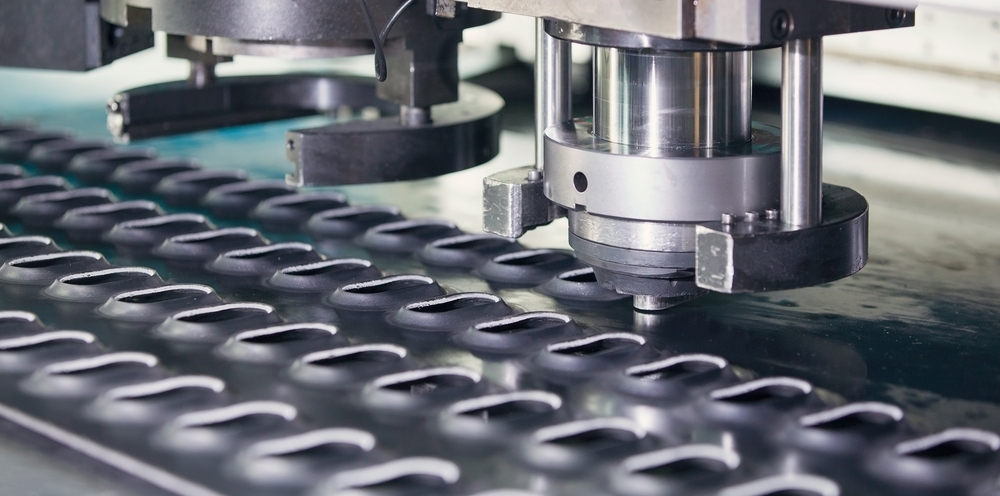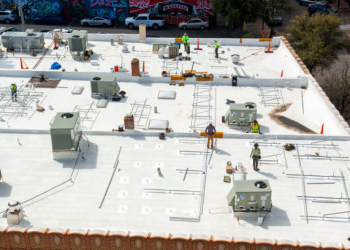It’s not exactly obvious how metal fabrication as an industry affects our daily lives. However, the sheer number of different appliances that are created partially or completely with the help of metal fabrication is astonishing – smartphones, cars, tools, electronic appliances, and so on.
Of course, not everything in metal fabrication is done using the same process. In fact, there’s a large variety of different processes that are used in the metal fabrication industry on a regular basis. But first it is better to figure out what is metal fabrication in the first place.
In its core, metal fabrication is a process of creating a specific type of metal structure with the help of various facilities and methods. It can be done using manual labor, it can be completely automated, or it can be the combination of the two. Most of the metal fabrication facilities fall under the umbrella term “fabrication shops”.
Fabrication usually uses sectional metal, plate metal, flat metal and welding wire as the most common types of raw materials – but this list is not everything that can be used, there are many other types of raw materials that can also play part in some variation of metal fabrication process.
Since the variety of metal fabrication products is this vast, it is possible to separate all of them into three major groups – Industrial, Commercial and Structural.
“Industrial” group is filled with particular products serving as parts used for constructing all kinds of equipment – mostly concerning equipment that generates consumer goods, to be exact, like bandsaws, ironworking machines, and many other ones.
“Commercial” group covers most of the examples mentioned above, such as cars, smartphones, and other variations of products used directly by customers themselves.
“Structural” group in metal fabrication mostly supply various parts for building processes and all kinds of large-scale fabrication efforts, including offices, shops, skyscrapers, etc.
The usual process of metal fabrication for a particular metal part or piece starts with bidding on jobs with drawing submissions. If the company wins the bid – the project itself begins, starting with the planning stage which includes programming machinery, ordering materials, and such.
The next step of the project is the actual metal fabrication – everything is done according to the project’s guidelines and the process usually starts as soon as the raw materials arrive at the fabrication shop. It’s not uncommon for a metal fabrication process to include several different processes to create one detail or product – and there are many different types of metal fabrication out there.
The majority of more complicated metal fabrication projects also have another step here called installation. As the name suggests, it is a process of putting all of the pieces of a project together to form the requested product, be it partially or completely.
Another variation of a process that may or may not be included in a project is finishing – it’s mostly about putting finishing touches to a product that is almost ready to shipment. There are several different processes that can be employed here, such as painting, polishing, deburring, coating, and more.
When it comes to the actual variations of metal fabrication processes, there are quite a lot of them. Some of the more commonly used metal fabrication processes are punching, folding, casting, forging and shearing. There are also cutting, extrusion, stamping, drawing, machining and welding.








